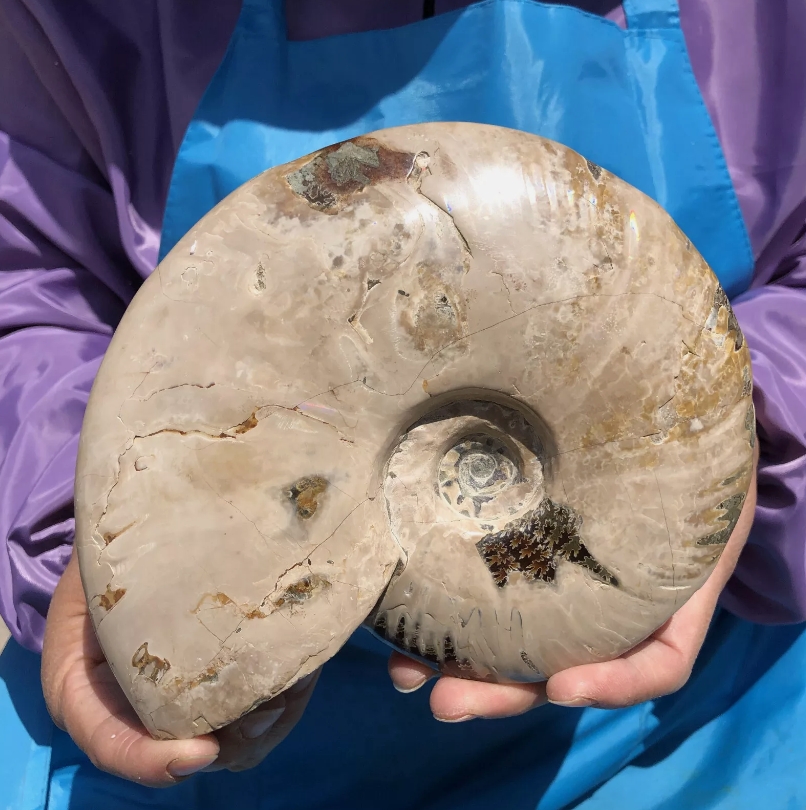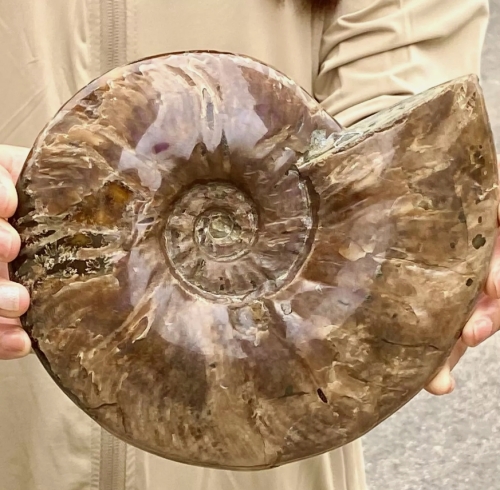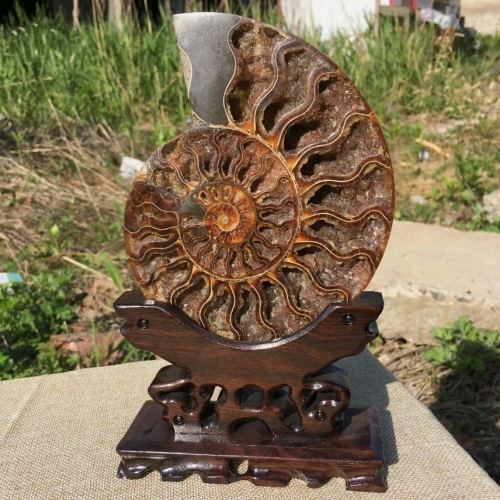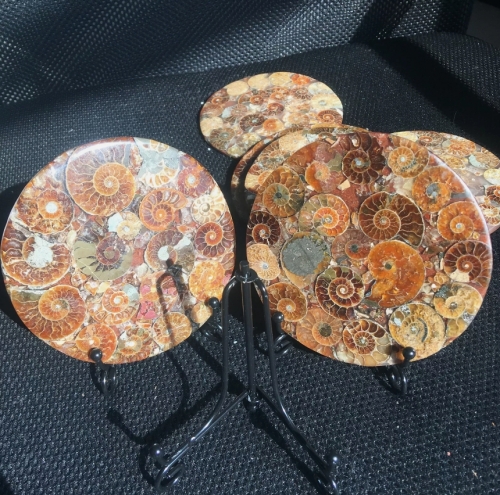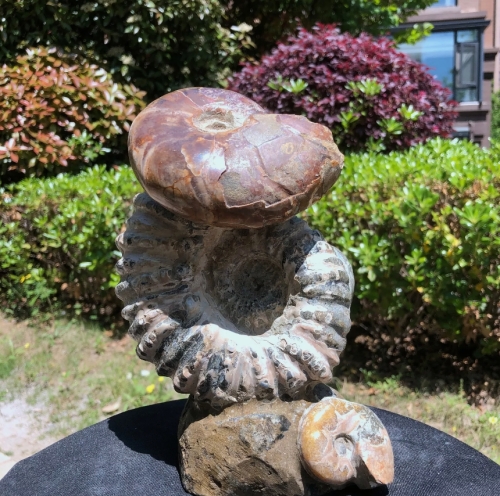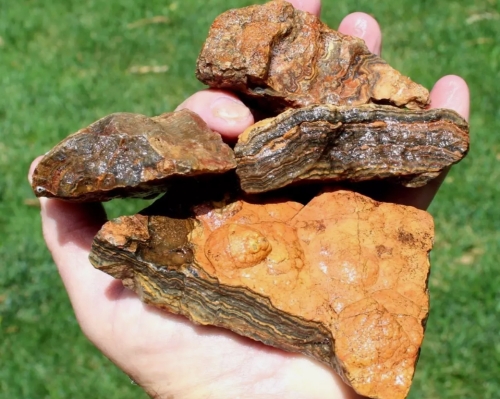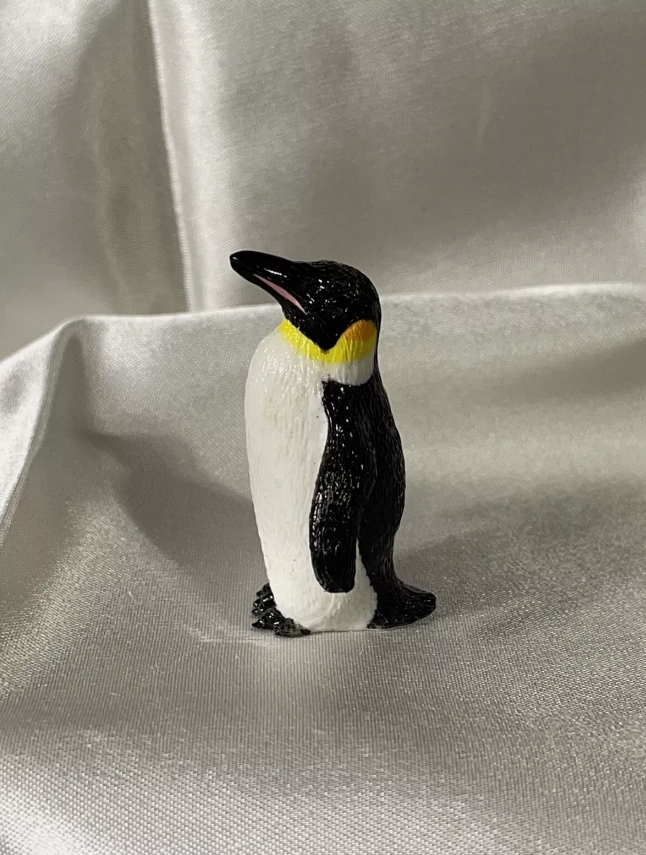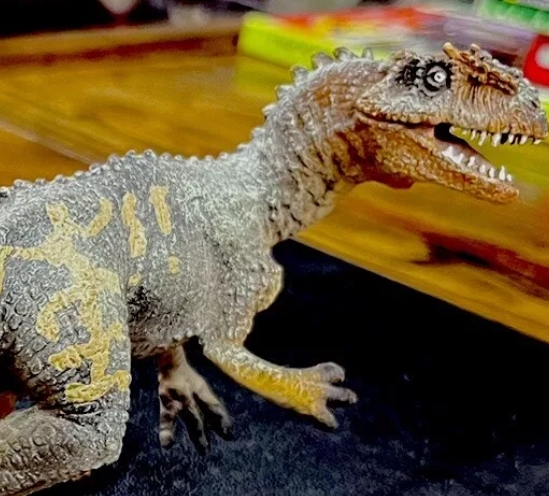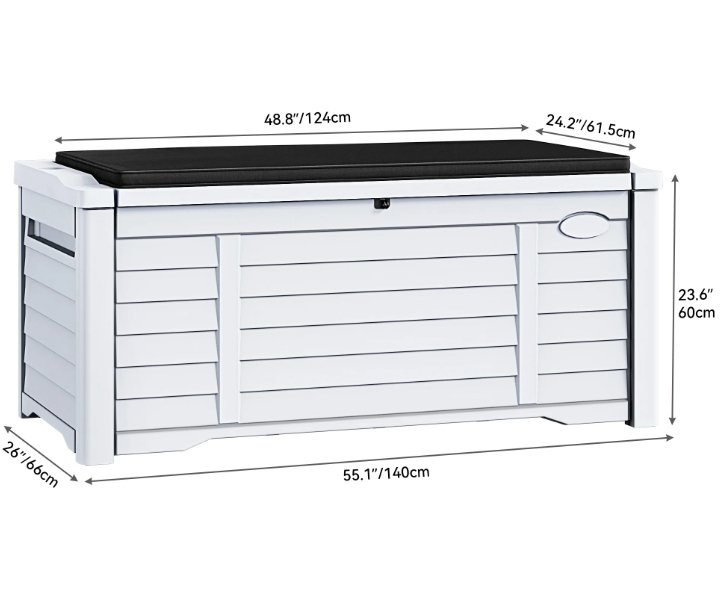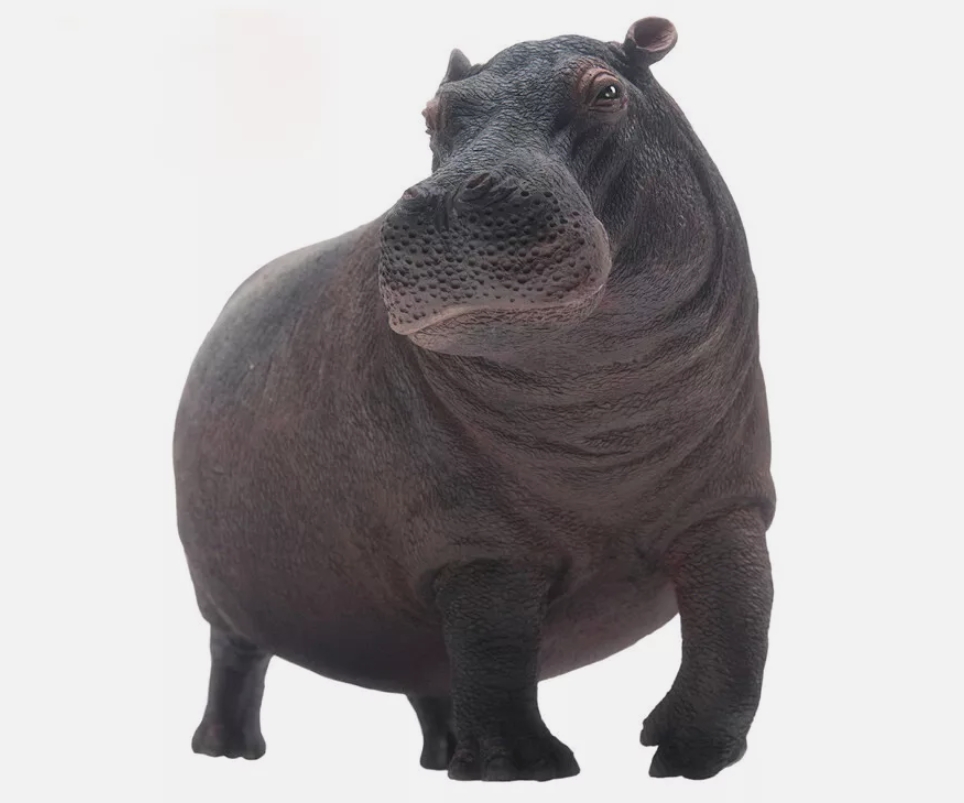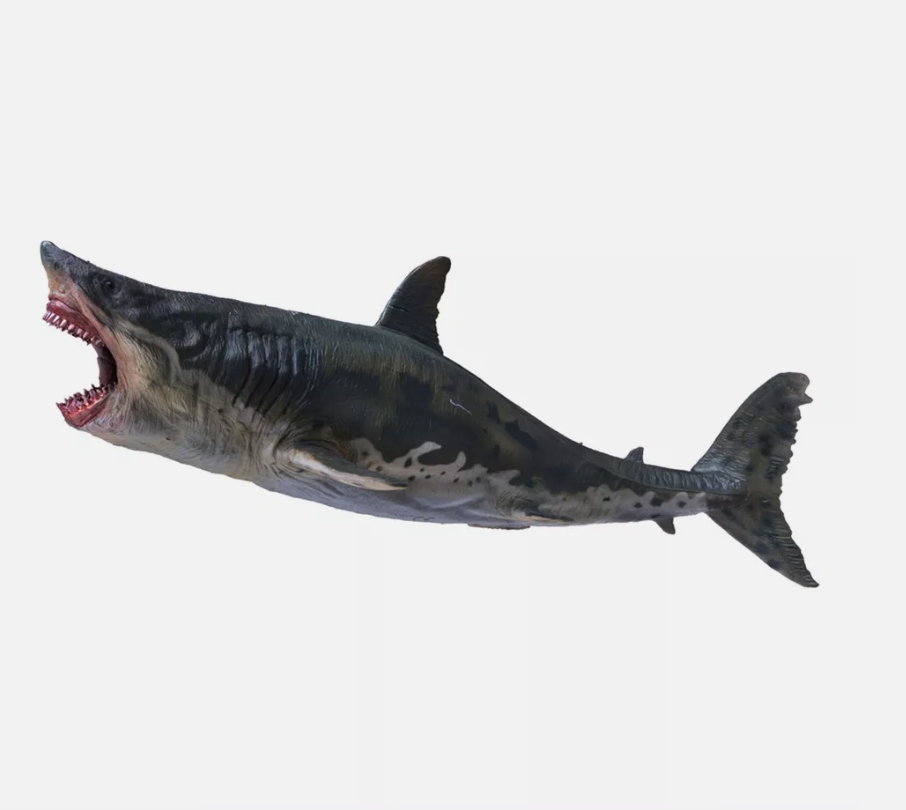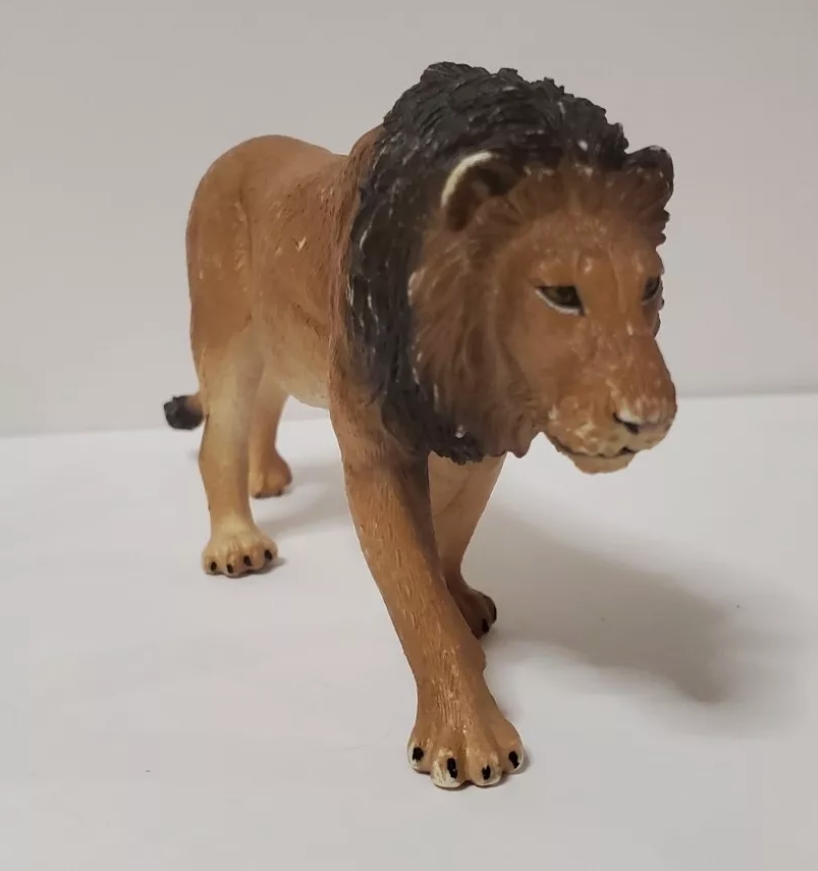Fossils form under specific conditions, typically involving the burial of organic material in sediment. Over millions of years, minerals seep into these remains, preserving them in rock. This process, known as fossilization, can yield a variety of types, including body fossils, which are direct evidence of an organism's physical structure, and trace fossils, which record the activity of organisms, such as tracks or burrows.
The study of fossil specimens plays a pivotal role in paleontology, enabling scientists to reconstruct ancient environments and understand how species adapted to changing habitats. For instance, examining the isotopic composition of fossilized remains can reveal details about past climates, while comparative studies of dinosaur bones can shed light on evolutionary pathways.
Collectors and enthusiasts also cherish fossil specimens for their aesthetic appeal and historical significance. Many fossilized objects are sought after for their educational value and as unique pieces for display. Museums, educational institutions, and various online platforms actively promote fossil specimen collection, fostering a community of passionate individuals eager to share their findings.

